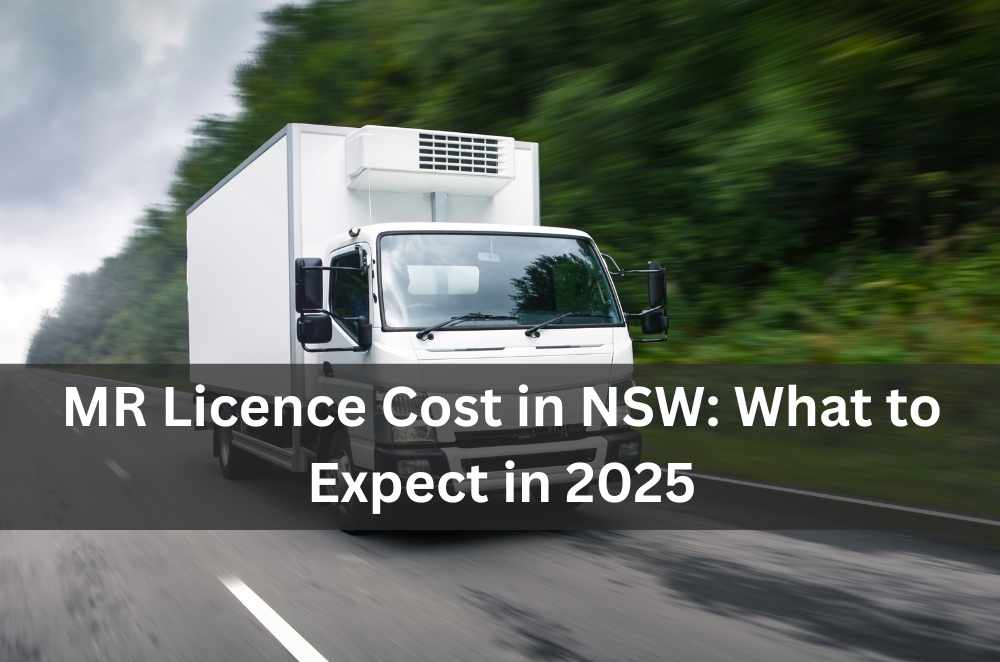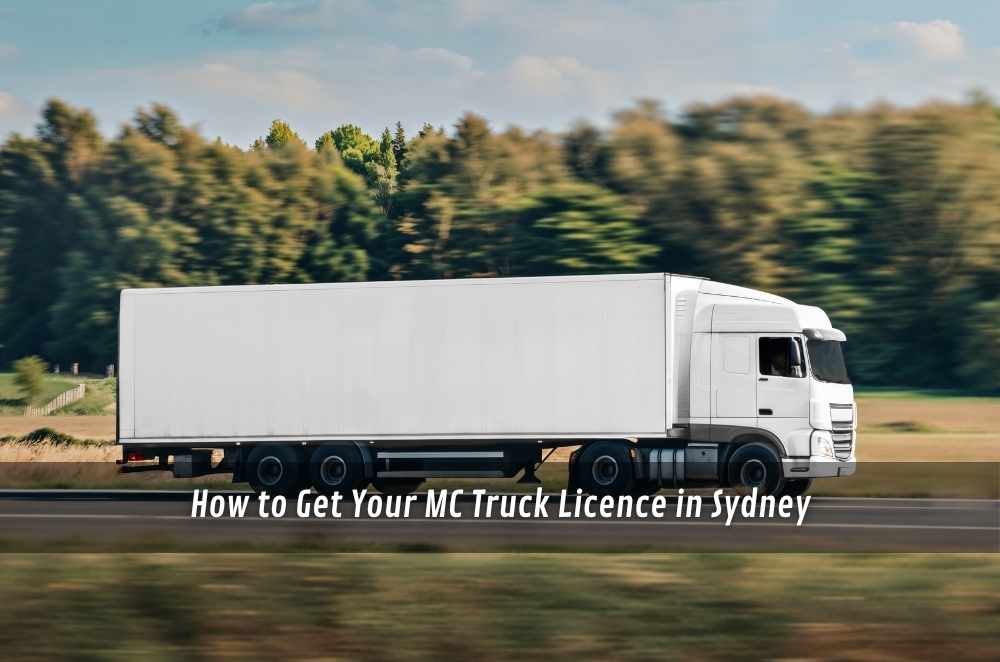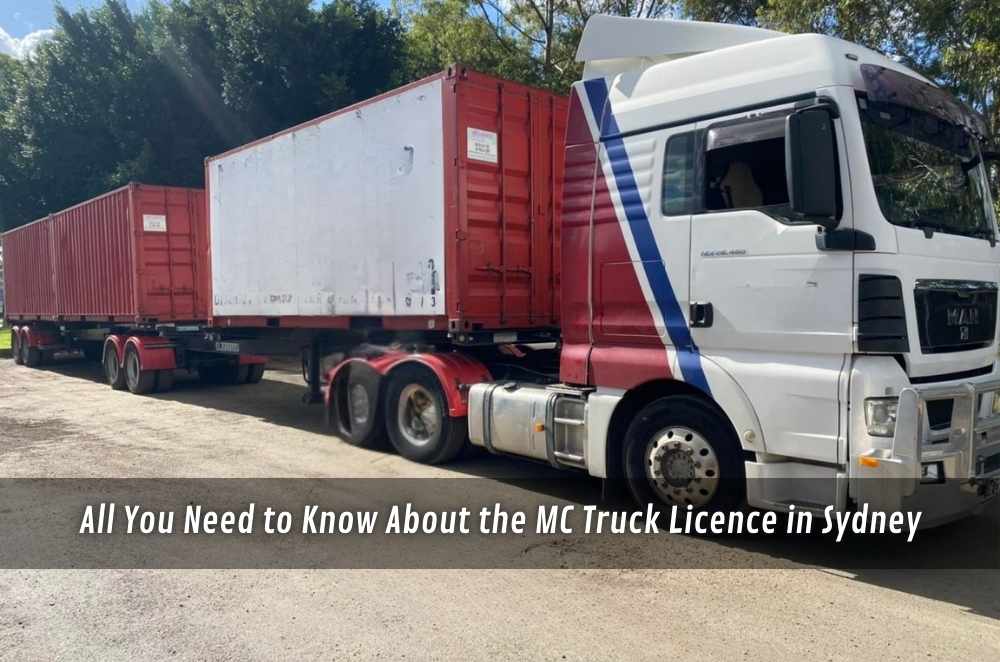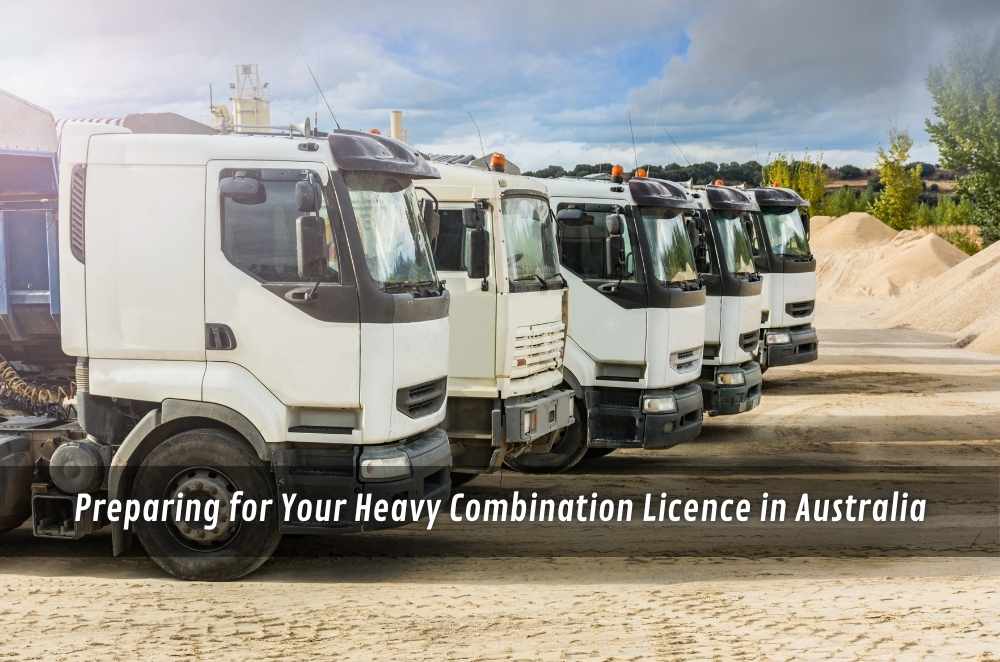
The first question most learners ask isn’t about double-clutching or reverse-parking a medium rigid truck; it’s what the pathway will cost this year. Prices vary by provider, location, and whether you need extra lesson time, but the building blocks are fairly consistent. It helps to split the spend into training, assessment, licensing, and add-ons, then map that against your schedule so you’re not paying rush fees. If you prefer to compare against a concrete course outline, look at the inclusions and exclusions, not just the headline number; the finishing bill tends to hide in the fine print. For clarity, when scanning training packages, the MR licence cost in NSW is a useful anchor—just make sure what’s bundled actually matches your situation.
What drives the final price for an MR licence
Most budgets blow out because one or two small items were missed at the start. A simple cost map keeps things honest.
Course tuition: Base training fee that covers driver instruction, vehicle use, and structured lesson plans aligned to current assessment standards.
Assessment slot: Separate fee for a competency-based assessment or driving test booking; timing and rescheduling rules can add penalties.
Licence processing: Government charges for upgrading your class and printing; these are fixed costs outside the control of training providers.
Extras and repeats: Additional lessons, re-tests, after-hours sessions, or regional travel loadings that apply if schedules change late.
Collect the official requirements first. The overview for heavy vehicle licence in NSW explains eligibility, medical checks, and the steps to progress, which helps you budget for what’s mandatory and what’s optional coaching.
Training time, assessment paths, and common add-ons
Two learners can start on the same day and finish with different bills. The difference is usually time on task and how they approach practice.
Hours behind the wheel: Longer practice blocks reduce nerves and mistakes on assessment day; the upfront spend can save a repeat fee later.
Vehicle familiarity: Training in the same model you’ll be assessed in reduces adaptation time and cuts small errors caused by layout changes.
Assessment readiness: Instructor sign-off before booking keeps you from paying to “have a go” too early; staged checklists are cheaper than re-tests.
Documentation prep: Accurate licence details, eyesight checks, and medical paperwork prevent last-minute cancellations that forfeit fees.
If you’re weighing different pathways up the heavy-vehicle ladder, comparing an MC truck licence with MR can clarify sequencing and help you avoid training that you’ll just repeat at the next class.
Budgeting for 2025 without the surprise line items
A clear cost plan looks dull on paper—and that’s exactly why it works. Line up the predictable bits, then cap the variables.
Bundle logic: Courses that include assessment time, vehicle hire, and debrief reduce the number of separate invoices to track.
Calendar discipline: Pick dates you can keep; most providers charge to move bookings inside a cut-off window, which adds up fast.
Practice strategy: Short, regular sessions between formal lessons build muscle memory and lower the probability of paying for an extra test.
Allow for repeats: Set aside a modest contingency for a second attempt; budgeting for it up front removes pressure on the first assessment.
Timelines matter too. If you need the credential for a job start date, work backward from the likely testing window and hold some flex days. For context about the learning curve and typical timelines, neutral guides to medium-rigid licence can help you set expectations before you spend.
What a realistic cost breakdown can look like
Everyone’s numbers differ, but most budgets share a backbone. Use this as a thinking template rather than a quote; it helps you compare like with like.
Training core: One to two days of lessons with a qualified instructor, including vehicle hire and pre-trip inspection practice.
Assessment package: Booking fee, warm-up drive, and the on-road component under current assessment rules for medium rigid vehicles.
Licence upgrade: Statutory fees for class change and card issue; often paid separately at a service centre or online portal.
Contingency and travel: A buffer for rescheduling, extra practice, or transport to regional test routes if metro slots are tight.
Read course outlines slowly. You’re looking for clarity on re-test rates, cancellation windows, and whether post-assessment support is included (for example, a follow-up lesson to address any gaps noted by the assessor). The goal isn’t to hunt the cheapest ad; it’s to pay once for the progress you actually need.
A short case from the logbook
Two learners from the same intake offer a neat comparison. One booked a single long training day and rushed into the first available assessment slot. Mid-afternoon fatigue showed up as late mirror checks and wider lines on left turns, and a re-test fee became part of the bill. The second learner spread training over two shorter days a week apart and used the gap for private practice in a similar vehicle under supervision. By the time assessment day arrived, the pre-trip routine was automatic, and gear changes were calmer. Both paid the same licence processing charge, but the total outlay differed because of scheduling and readiness. What links their stories is the calm that comes from seeing the costs in layers: training, assessment, licensing, and a small contingency. If you build your plan around those layers and protect your calendar, the numbers tend to hold steady, and the upgrade to medium rigid stops feeling like an open-ended spend.






Write a comment ...